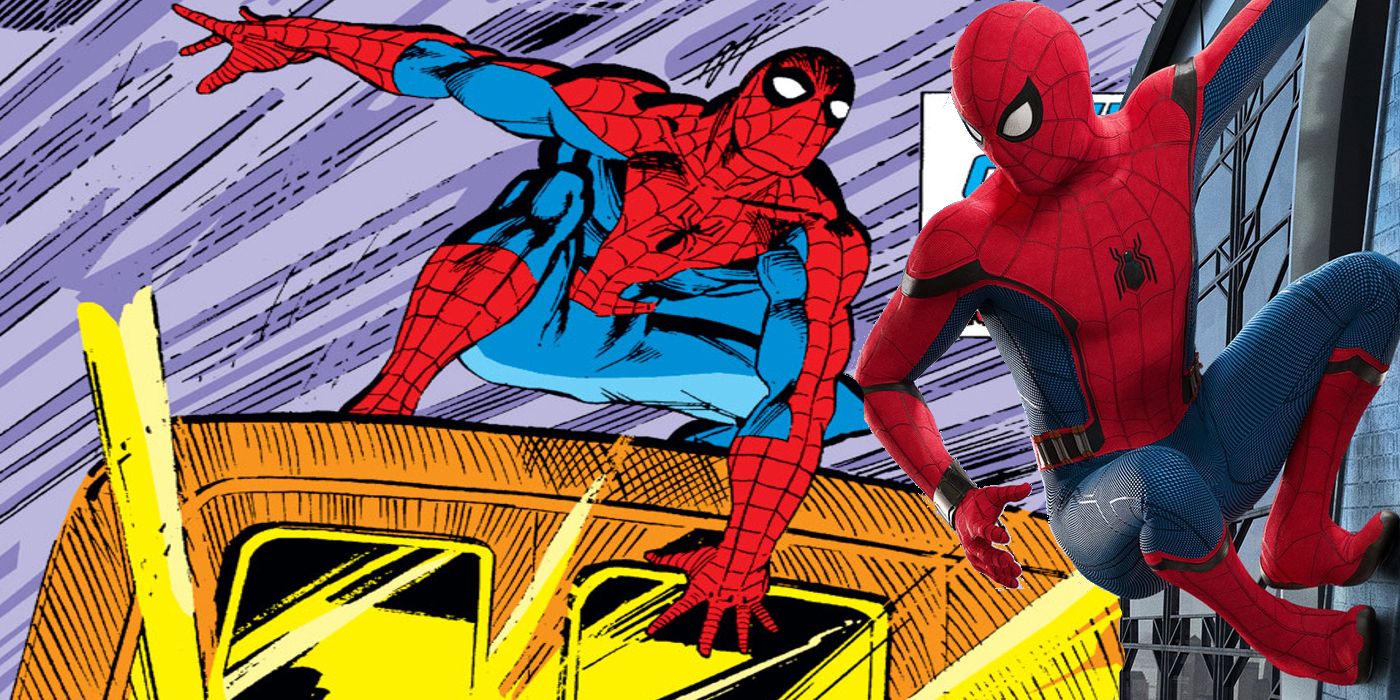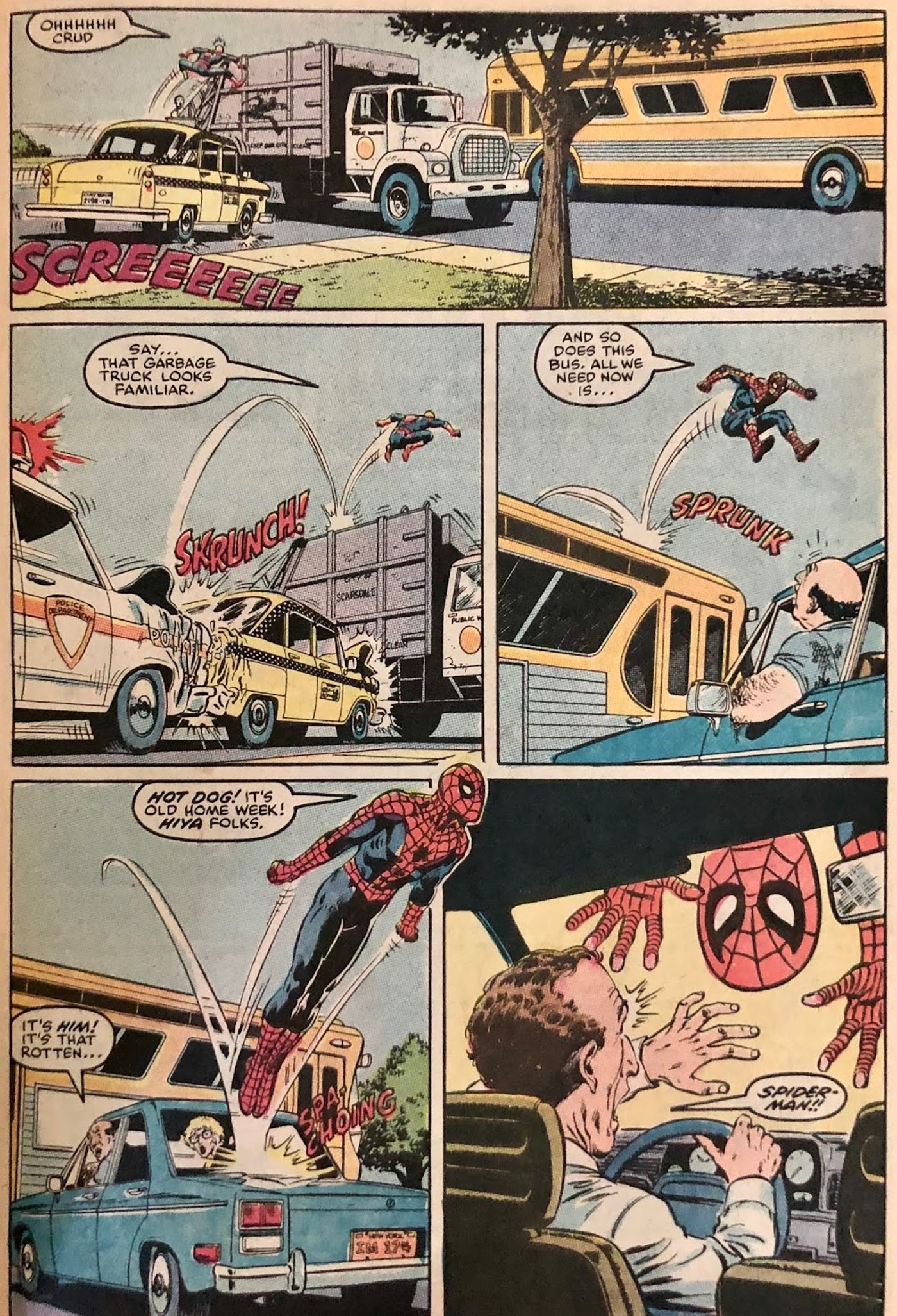One of the most memorable scenes in the 2017 film Spider-Man: Homecoming involved Spidey improvising traversal while in the suburbs where he can't effectively swing, but he's actually proved that he doesn't need his webs to travel long before this. In the film, Spider-Man finds that his webs are relatively ineffective because of the lack of tall buildings and far spaces between trees. Rather than trying and failing constantly to make his webs work, he resorts to jumping quickly through backyards and running through houses in a direct homage to the final sequence of Ferris Bueller's Day Off. While this was an amusing scene, this actually wasn't the first time that the Spider-Man experienced difficulty with using his webs.
Spidey's first frustration with needing to improvise without web-slinging actually originated in The Amazing Spider-Man #267 by Peter David. In this issue, Spider-Man discovers that someone is robbing a store and chases after him. After a tense confrontation that appears to be a hostage situation ends with Spider-Man realizing he was tricked, he attempts to chase after the petty thief only to lose him in the subway. Before he can leave though, Spidey tosses a Spider Tracker on him and tracks him down to his true archenemy...the suburbs.
Just like in Homecoming, Spidey quickly realizes that web slinging isn't going to be an option. He has nothing to swing off of and any attempt to jump tree to tree comes crashing down--literally--when he snags his suit in some branches and causes the tree to fall. Thus, he's left to focus on walking, running, and jumping when he can. This shows that when Spider-Man's in a pinch, he always is able to improvise to make do with what he's given. When he needs to stop the thief from getting away, he grabs onto a tree to hold his car in place while using a web to pull it back, the only time he can effectively use them in the suburbs. When that fails, he pursues him on foot until he notices a convenient cab that helps him out. And above all, when things get really hairy, he uses the cars and buses ahead of him to get some leaping points to reach the thief. Spider-Man has always been adaptable and a quick thinker...but it doesn't necessarily mean he has to like it.
The big difference between the live-action version and the comics is that Spidey constantly laments how much he hates the situation he's in. He constantly describes his situation like he's "having a nightmare" and that "suburbia is just a little too wild" for him. He even gets so angry about his time in the suburbs that he starts counting to ten to cool himself down after being stopped by the Neighborhood Watch...yet humorously webbing them up as he walks away. While Tom Holland's Spider-Man never shows any frustration while running to catch up with Shocker, the comics show a more fed-up Spider-Man...and it kinda works in a comedic way to see him out of his element, even if it still shows what makes people love about him with his quick thinking.
Whether he's on the page or the big screen, Spider-Man has always been one to be adaptable. Even if he can get frustrated with the situation he's in, it's amazing to see a hero that's both relatable and can make the best of what's around him to still save the day. What's important to note though is that the scene in Homecoming isn't just a funny little joke to pay homage to a John Hughes classic. Instead, this issue of The Amazing Spider-Man proves that he's always been able to traverse areas without his webs, and it's something that could come up again in future comics.


